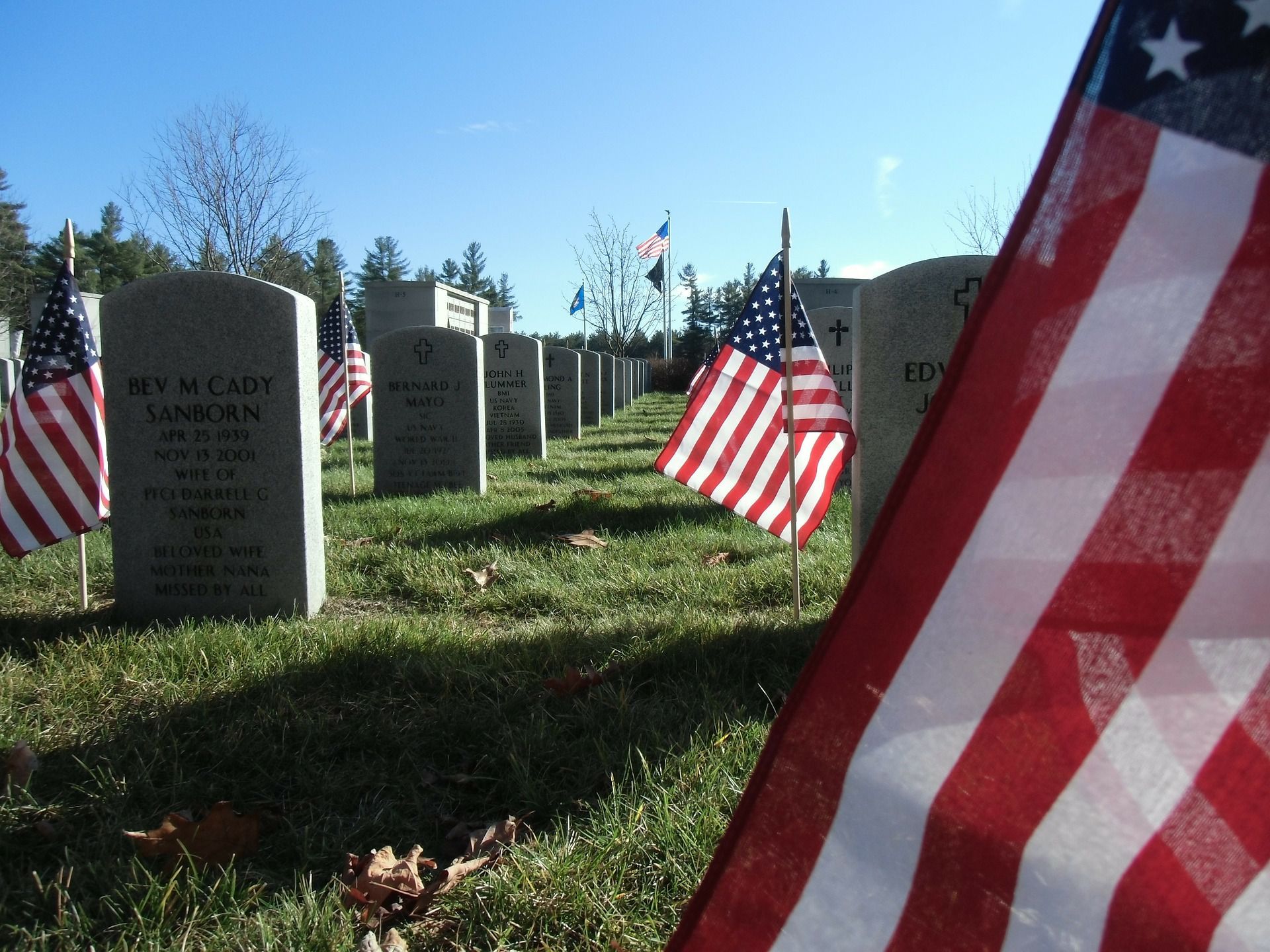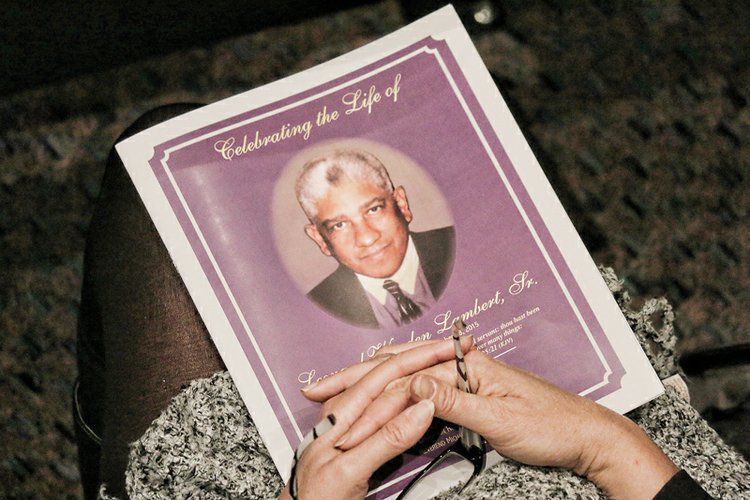Answers To Your Funeral Etiquette Questions
All funerals are different, but there are some standard routines and expectations. Even when you know what to expect at a traditional funeral , you might be left with some questions about etiquette and behavior. Here are the answers to those nagging questions.
What do I bring to a funeral or reception?
Anything you bring with you to a funeral service should be a personal item. You might need tissues if you expect to cry during the service. Plan for the weather if the service will be outside. You may need a hat, sunglasses, rain coat or umbrella. If you want to donate flowers, they should be sent in advance of the funeral, not brought with you.
For an after-service reception, the same advance planning is necessary: don’t bring food or beverage unless you have been instructed to do so. Sometimes, the reception will be potluck-style, in which case you should bring food or drink. Otherwise, contact the host to see if you could help by bringing an item. Often, grieving families are overwhelmed with food, so you don’t want to contribute unless it’s been made clear that your donation would be helpful.
What do I wear?
It’s no longer necessary to wear black to a funeral. The custom is dated and even the most traditional funerals rarely require it. Instead, focus on dressing conservatively. While choosing an outfit, ask yourself: will this call attention to me? This event is about the deceased and the family, not you.
Business casual is generally appropriate. Avoid jeans, short skirts or dresses and revealing clothing. Stick with muted colors like grey and beige.
What do I say to a grieving family?
For many, finding out the appropriate thing to say to a grieving family member can be very difficult. There are a variety of ways to express your sympathy. Here are some phrases you can use:
- I am so sorry for your loss.
- I deeply cared about [the deceased] and I will miss him/her.
- I am here for you. Please let me know if I can help.
- I know how much [the deceased] loved you all.
If the ceremony is religious and you are confident the family members are religious, as well, it is appropriate to use phrases like “He/she is in a better place now,” or “I know he’s smiling down upon you.” If the ceremony is not religious, avoid these references.
Grieving families are usually expected to speak with many people on the day of the funeral service. Don’t take up too much of their time. Express your sympathy and move on, unless it seems they are eager to chat with you.
When do I leave?
The end of a funeral service is almost always marked by a recessional. After this, the guests are expected to depart from the funeral home. If there is a reception, don’t linger at the event for more than an hour or two. Remember that these are long, exhausting, often unpleasant days for the grieving family. Have respect for their space.
That said, always greet the family upon arrival to a reception and say goodbye before you depart.
Use your best judgment
Funerals are not “easy” for anyone. They are naturally sad events, but they can also be a source of comfort and finality for those left behind. Use your best judgment in all behavior. There are no “hard and fast” rules. Be kind and warm, and if you make a mistake in etiquette, apologize. No one is perfect!




